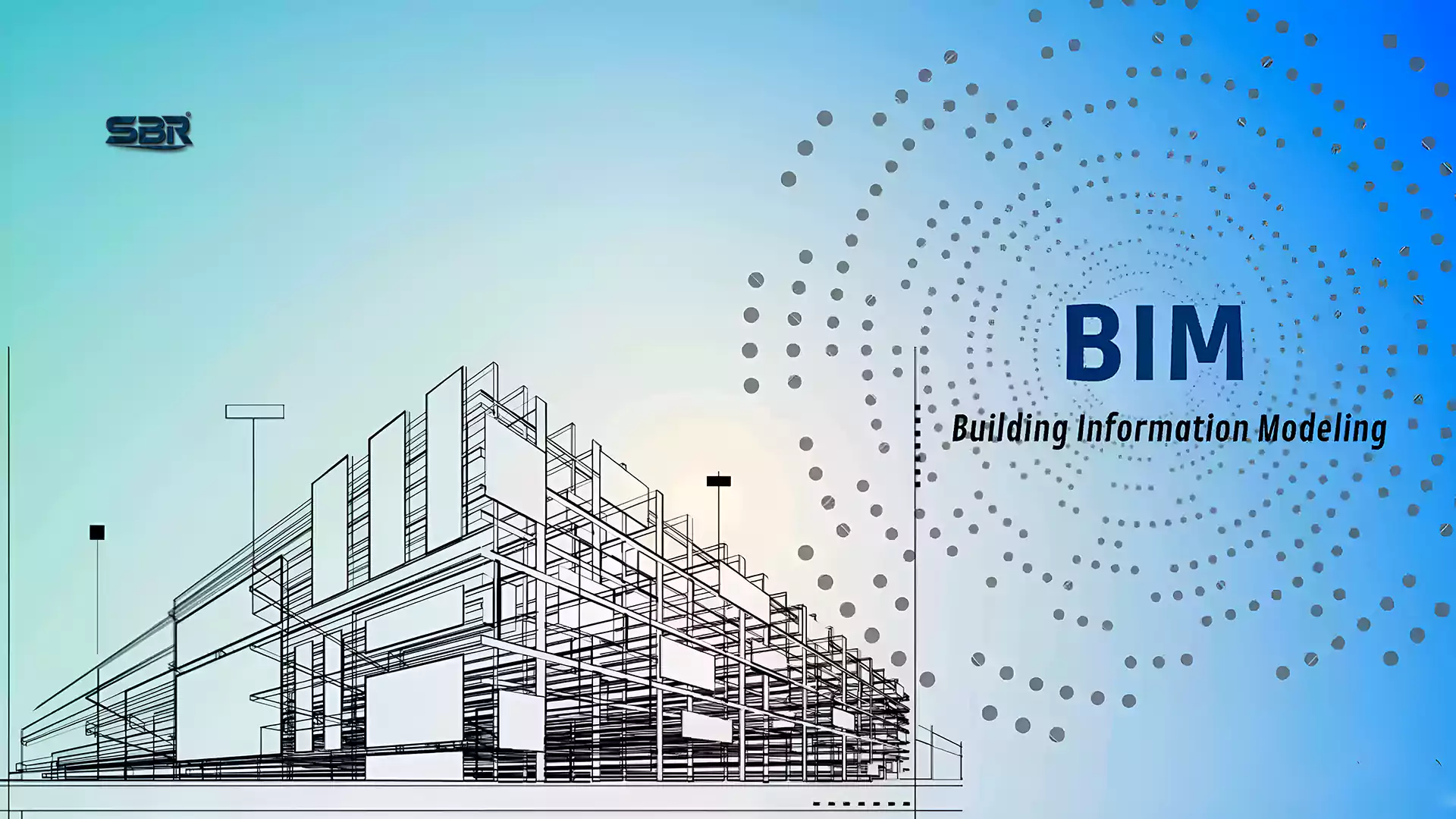OPINION, May 26, 2025 — BIM, or Building Information Modeling, is not new. It’s been around in some form since the 1970s, but only in the past decade has it gained consistent ground across construction projects of all sizes. At its simplest, BIM is a method of creating and managing digital representations of physical and functional characteristics of places. But that definition barely captures its practical significance.
Across job sites, architectural firms, and client meetings, BIM has become a way to think, not just a piece of software to use. It brings together design, construction, and maintenance into a unified process. It’s not glamorous, and it doesn’t promise miracles. What it does offer is fewer surprises and better coordination. For an industry that’s notorious for cost overruns and scheduling nightmares, that’s a meaningful shift.
Why BIM Stuck
For years, construction was stuck between hand-drawn blueprints and fragmented software tools. Architects worked one way, engineers another, and contractors often worked from outdated versions of both. When something went wrong, blame bounced between parties. Costs rose. Deadlines slipped.
BIM offered a central model everyone could reference. It showed not only what the building would look like, but how it would behave. HVAC systems, plumbing routes, electrical wiring—everything could be tested virtually before ground broke. This was more than a time-saver. It was a way to avoid expensive rework. If the ductwork clashed with a beam, BIM flagged it before a single screw went in.
That kind of foresight began to appeal not just to design firms but to developers, owners, and city planners. It meant fewer change orders. It meant more predictable projects. And slowly, it became less of an option and more of a necessity.
A Method, Not Just a Model
Many people still think of BIM as 3D modeling software, and that misunderstanding limits how they use it. A well-run BIM project is not just about drawing walls and placing furniture. It’s about structuring information so that everyone involved—from design to demolition—can rely on it.
For instance, an architect working on a hospital doesn’t just design rooms. They attach data about materials, costs, fire ratings, and maintenance schedules to each object. This means that years down the line, when a wall needs repainting or a filter needs replacing, the facilities team knows exactly what they’re dealing with. It’s a digital twin that keeps delivering value long after the ribbon-cutting.
The use of structured data also lets project teams analyze things like energy use, sunlight patterns, or carbon footprint during the design phase. What used to be an afterthought is now built into the planning. That doesn't just improve building performance. It sharpens accountability.
Challenges That Don’t Go Away
BIM is not a silver bullet. It has its share of complications. First among them is adoption. Smaller firms often lack the budget or staff to make the shift. The software itself isn’t cheap, and the learning curve can be steep. Moreover, not everyone on a project has the same digital fluency. When one party lags behind, collaboration suffers.
There’s also the issue of standards. Different countries and even different regions interpret BIM in their own ways. While the UK has established strong public-sector BIM mandates, other markets remain fragmented. That inconsistency makes it harder for global firms to standardize workflows.
Perhaps most critically, the benefits of BIM are only fully realized when teams commit early and consistently. If a contractor only joins the process halfway through, or if the model isn’t updated during construction, it loses its edge. BIM is only as strong as the discipline behind it.
Steady, Not Splashy
Despite the challenges, BIM continues to expand—not because it’s trendy, but because it works. Its real strength is in its practicality. It reduces errors. It helps teams talk to each other using the same frame of reference. And in a sector where margins are thin and reputations are built on reliability, that goes a long way.
Many of the benefits BIM brings are not easily showcased on a brochure. It’s hard to market fewer delays or reduced waste. But those who have used it well know the difference it makes. Contractors who previously spent days redoing work because of clashes now avoid those problems altogether. Project managers can run tighter schedules with more confidence. Owners get buildings that perform closer to expectation.
There is also a quiet cultural shift happening. Younger professionals, trained in BIM from the start, are bringing new expectations to job sites. They question why anyone would rely on flat drawings when a living, updatable model can tell the full story. That shift in mindset may prove to be BIM’s strongest legacy.
Looking Forward Without the Hype
The future of BIM doesn’t need to be tied to buzzwords. It doesn't need to be dressed up with talk of disruption or digital revolutions. The work ahead is plain but important. It involves making BIM more accessible, streamlining standards, and ensuring that training matches the pace of demand.
Cloud-based collaboration is becoming more common, allowing teams in different cities—or even countries—to work on the same model in real time. Integration with other tools, like cost estimation or construction scheduling software, is improving. Automation is reducing the need for tedious data entry. But these are incremental steps. BIM will not become something radically different overnight. It will become more useful, more connected, and more second-nature.
If there is one thing BIM has taught the construction industry, it is that progress does not always have to be dramatic. Sometimes, it’s enough to reduce waste, spot problems early, and help people work together more clearly. That might not sell magazines, but it keeps projects on track.
And in construction, that’s what matters.
BIM’s strength isn’t in showy tools—it’s in helping teams avoid errors before they become expensive problems.















